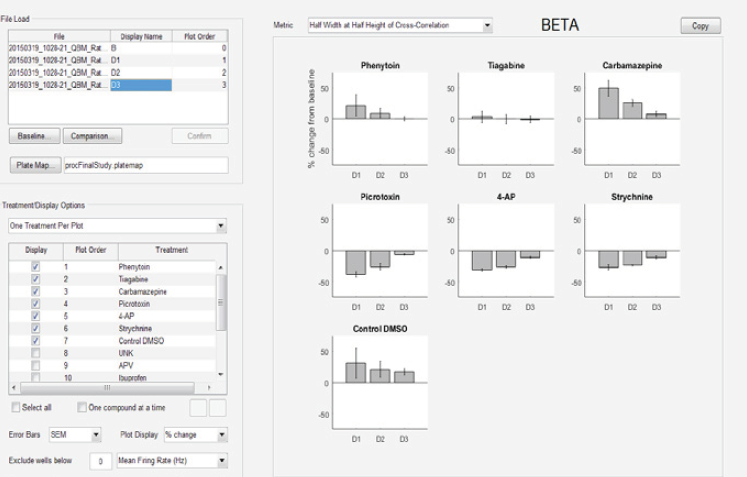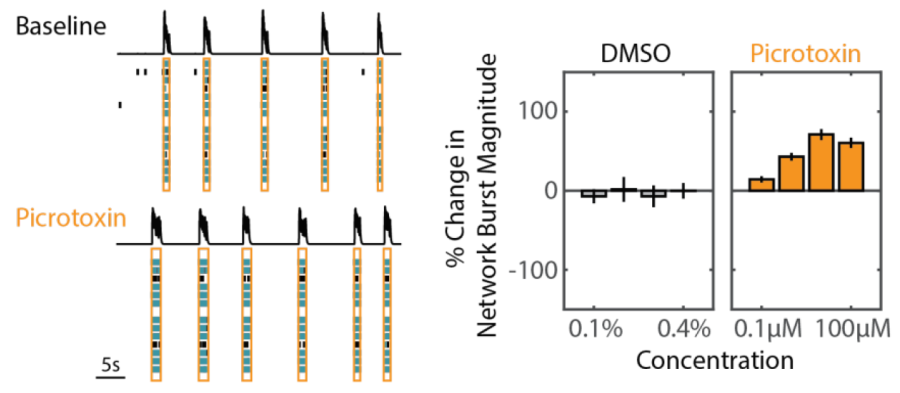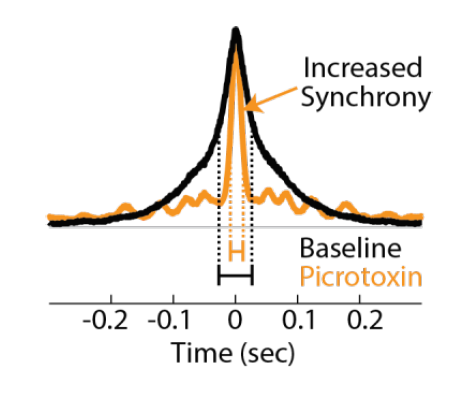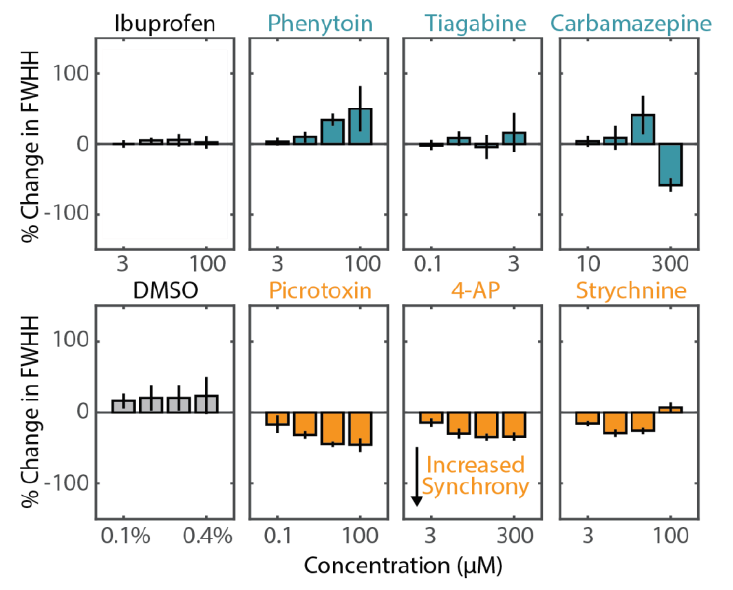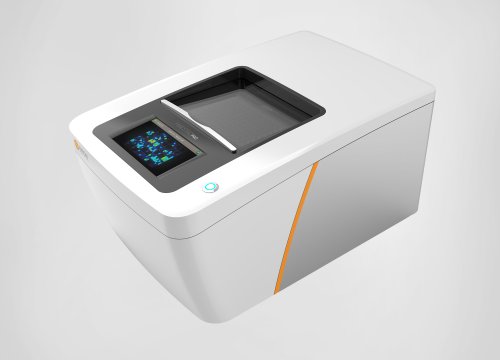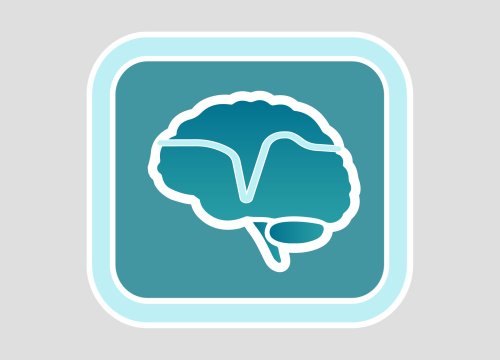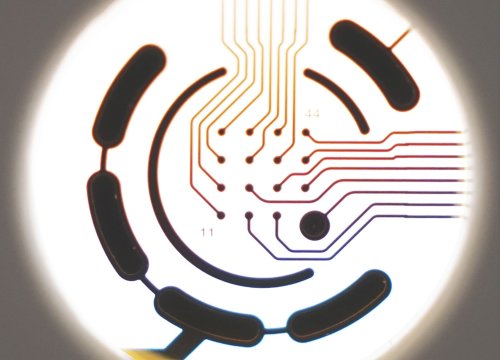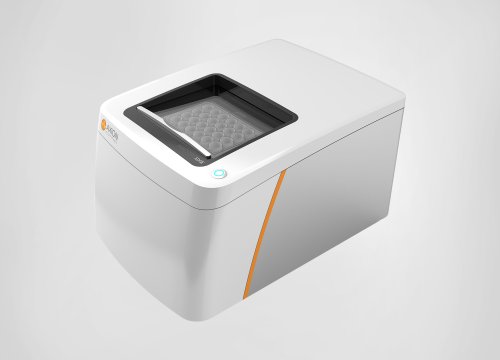Superior Seizurogenic Studies
Why do labs choose Maestro?
Comprehensive evaluation of seizurogenic activity and proconvulsant risk requires analysis of single neuron and network activity. Axion BioSystems’ Maestro™ multiwell microelectrode array (MEA) platforms provide a high-throughput and label-free benchtop platform to evaluate multiple layers of neural activity for in vitro screens of neuroactive and neurotoxic compounds. Environmental controls provide stability for both acute and chronic screens, while our industry-leading array density provides high quality spatiotemporal resolution for comprehensive evaluation of network function.

500+ peer-reviewed publications

700+ Maestros sold
3 million+ cell cultures
Comprehensive assessment of network function
Axion’s Integrated Studio software – AxIS – provides an intuitive approach to the set-up, execution, and analysis of multiwell MEA experiments. AxIS allows the user to explore multiple layers of neural activity, from single neuron firing to plate-wide trends in network activity, with real-time visualization and easy-to-use analysis tools. Data can be viewed as continuous voltage, overlaid spike waveforms, network-wide rasters, and plate-wide activity maps. AxIS then computes a variety metrics describing single neuron firing, network bursting, and synchrony.
Finally, offline tools provide additional metrics, visualization, export options, and endpoint comparisons across treatments and time points.
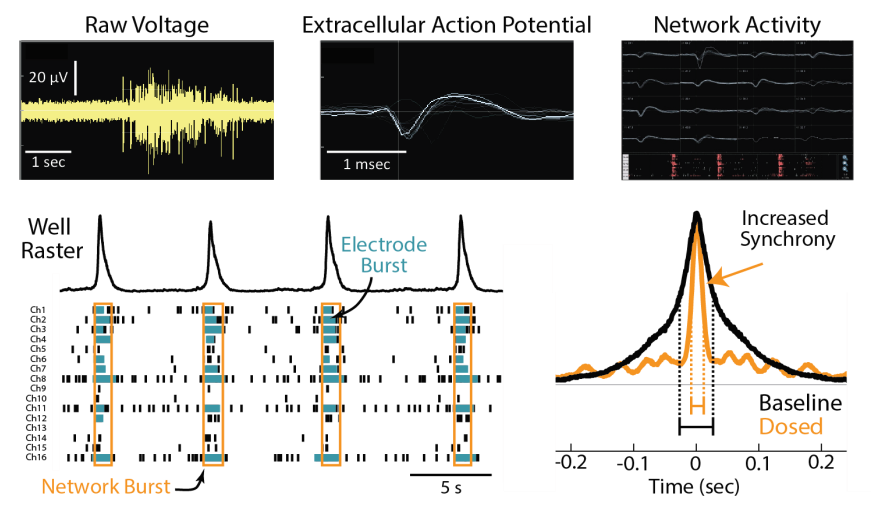
The Maestro Advantage
- >> Label-free, non-invasive voltage recording enables long-term monitoring of neural cultures
- >> Industry-leading number of electrodes (768) provides high quality spatiotemporal resolution
- >> Environmental controls provide a stable benchtop environment for both acute and chronic toxicity studies
- >> Fast data collection rate (12.5 kHz) accurately captures depolarization magnitudes
- >> Scalable format (12-, 48-, and 96-well plates) allows throughput flexibility all on one system
Classify Compounds with Measures of Neural Activity
The Maestro multiwell MEA platform is effective for high-throughput in vitro screens of neuroactive compounds (McConnell et al 2012, Valdivia et al 2014). Basic metrics, such as weighted mean firing rate, are sensitive to most neuroactive compounds, while advanced metrics of network bursting and synchrony provide reliable identification of compounds that increase or suppress seizurogenic activity and, more broadly, affords discrimination between various compound classes. In the example below, 16 compounds were dosed sequentially with 6 replicates across 2 plates.
AxIS facilitates experimental design, execution, and real-time visualization of spiking and bursting.
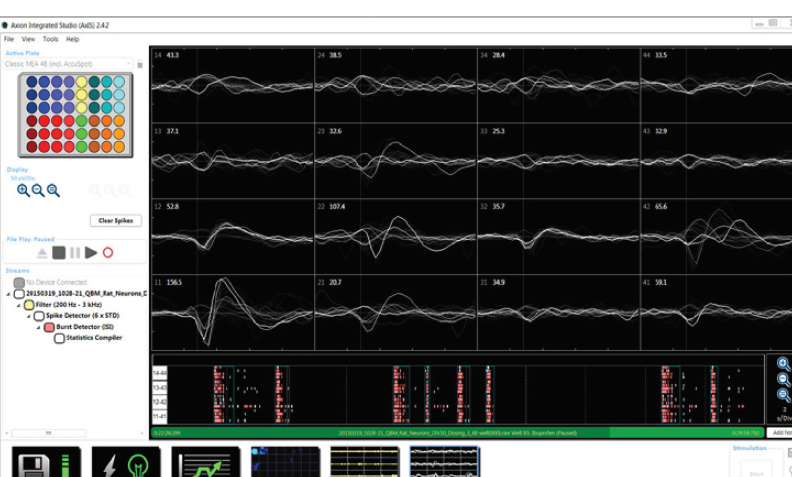
The Neural Metric Tool enables exploration of network bursting and synchrony metrics.
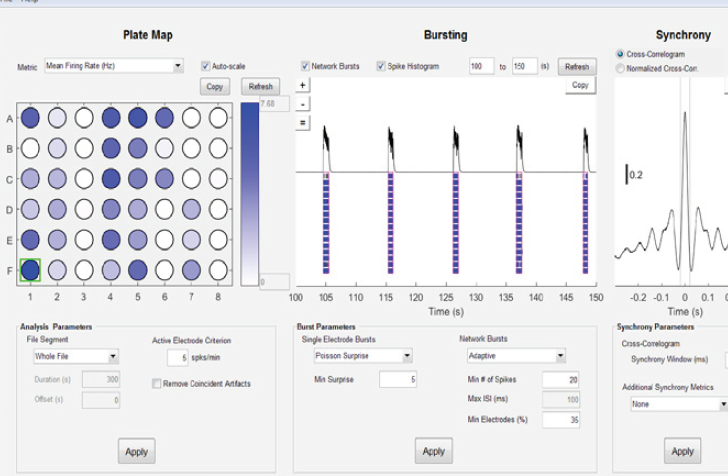
The AxIS Metric Plotting Tool compiles endpoints across time and compounds for rapid interpretation of results.
